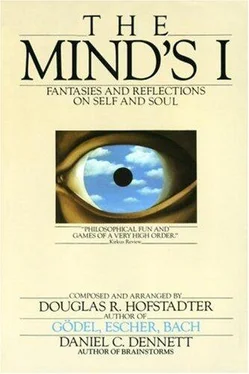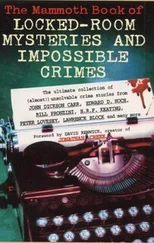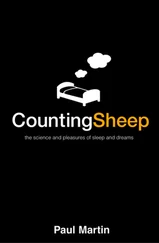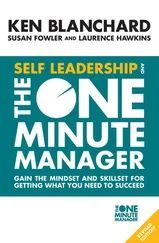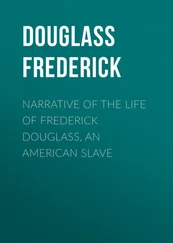Douglas R. Hofstadter, Daniel C. Dennett
The Mind’s I: Fantasies and reflections on self and soul
What is the mind? Who am I? Can mere matter think or feel? Where is the soul? Anyone who confronts these questions runs headlong into perplexities. We conceived this book as an attempt to reveal these perplexities and make them vivid. Our purpose is not so much to answer the big questions directly as to jolt everyone: people who are committed to a hard-nosed, no-nonsense scientific world view; as well as people who have a religious or spiritualistic vision of the human soul. We believe there are at present no easy answers to the big questions, and it will take radical rethinking of the issues before people can be expected to reach a consensus about the meaning of the word “I.” This book, then, is designed to provoke, disturb and befuddle its readers, to make the obvious strange and, perhaps, to make the strange obvious.
We would like to thank the contributors and the many people who have advised and inspired us......................
This book grew out of conversations in 1980 at the Center for Advanced Study in the behavioral sciences in Palo Alto, where Dennett was a Fellow engaged in research on Artificial Intelligence and philosophy; sponsored by NSF Grant (BNS 78-24671) and the Alfred P. Sloan Foundation. It was completed while Hofstadter was a John Simon Guggenheim Fellow engaged in research in artificial intelligence at Stanford University. We want to thank these foundations for supporting our research, and for providing settings in which our discussions could lead to collaboration.
Douglas R. Hofstadter
Daniel C. Dennett
Chicago
April 1981
You see the moon rise in the east. You see the moon rise in the west. You watch two moons moving toward each other across the cold black sky, one soon to pass behind the other as they continue on their way. You are on Mars, millions of miles from home, protected from the killing frostless cold of the red Martian desert by fragile membranes of terrestrial technology. Protected but stranded, for your spaceship has broken down beyond repair. You will never again return to Earth, to the friends and family and places you left behind.
But perhaps there is hope in the communication compartment of the disabled craft you find a Teleclone Mark IV teleporter and instructions for its use. If you turn the teleporter on, tunes its beam to the Telecone receiver on Earth, and then step into the sending chamber, the teleporter will swiftly and painlessly dismantle your body, producing a molecule-by-molecule blueprint to be beamed to Earth, where the receiver, its reservoirs well stocked with the requisite atoms, will almost instantaneously produce, from the beamed instructions—you! Whisked back to Earth at the speed of light, into the arms of your loved ones, who will soon be listening with rapt attention to your tales of adventures on Mars.
One last survey of the damaged spaceship convinces you that the Teleclone is your only hope. With nothing to lose, you set the transmitter up, flip the right switches, and step into the chamber. 5 4, 3, 2, 1, FLASH! You open the door in front of you and step out of the Teleclone receiver chamber into the sunny, familiar atmosphere of Earth. You’ve come home, none the worse for wear after your long-distance Teleclone fall from Mars. Your narrow escape from a terrible fate on the red planet calls for a celebration, and as your family and friends gather around, you notice how everyone as changed since you last saw them. It has been almost three years, after all, and you’ve all grown older. Look at Sarah, your daughter, who must now be eight and a half. You find yourself thinking “Can this be the little girl who used to sit on my lap?” Of course it is, you reflect, even though you must admit that you do not so much recognize her as extrapolate from memory and deduce her identity. She is so much taller, looks so much older, and knows so much more. In fact, most of the cells in her body were not there when last you cast eyes on her. But in spite of growth and change, in spite of replacement cells, she’s still the same little person you kissed goodbye three years ago.
Then it hits you: “Am I, really, the same person who kissed this little girl goodbye three years ago? Am I this eight year old child’s mother or am I, actually a brand-new human being, only several hours old, in spite of my memories—or apparent memories—of days and years before that? Did this child’s mother recently die on Mars, dismantled and destroyed in the chamber of a Teleclone Mark IV?
“Did I die on Mars? No, certainly I did not die on Mars, since I am alive on Earth. Perhaps, though, someone died on Mars—Sarah’s mother. Then I am not Sarah’s mother. But I must be! The whole point of getting into the Teleclone was to return home to my family! But I keep forgetting; maybe I never got into that Teleclone on Mars. Maybe that was someone else—if it ever happened at all. Is that infernal machine a tele- porter —a mode of transportation—or, as the brand name suggests, a sort of murdering twinmaker? Did Sarah’s mother survive the experience with the Teleclone or not? She thought she was going to. She entered the chamber with hope and anticipation, not suicidal resignation. Her act was altruistic, to be sure—she was taking steps to provide Sarah with a loved one to protect her—but also selfish—she was getting herself out of a jam into something pleasant. Or so it seemed. How do I know that’s how it seemed? Because I was there; I was Sarah’s mother thinking those thoughts; I am Sarah’s mother. Or so it seems.”
In the days that follow, your spirits soar and plummet, the moments of relief and joy balanced by gnawing doubts and soul searching. Soul searching. Perhaps, you think, it isn’t right to go along with Sarah’s joyous assumption that her mother’s come home. You feel a little bit like an impostor and wonder what Sarah will think when some day she figures out what really happened on Mars. Remember when she figured out about Santa Claus and seemed so confused and hurt? How could her own mother have deceived her all those years?
So, now it’s with more than idle intellectual curiosity that you pick up this copy of The Mind’s I and begin to read it, for it promises to lead you on a voyage of discovery of the self and the soul. You will learn, it says, something about what and who you are.
You think to yourself:
Here I am reading page 5 of this book; I see my hands holding this book. I have hands. How do I know they’re my hands? Silly question. They’re fastened to my arms, to my body. How do I know this is my body? I control it. Do I own it? In a sense I do. It’s mine to do with it as I like, so long as I don’t harm others. It’s even a sort of legal possession, for while I may not legally sell it to anyone so long as I am alive, I can legally transfer ownership of my body, to, say, a medical school once it is dead.
If I have this body, then I guess I’m something other than this body. When I say “I own my body” I don’t mean “This body owns itself”—probably a meaningless claim. Or does everything that no one else owns own itself? Does the moon belong to everyone, to no one, or to itself? What can be an owner of anything? I can, and my body is just one of the things I own. In any case, I and my body seem both intimately connected and yet distinct. I am the controller, it is the controlled. Most of the time.
Then The Mind’s I asks you if in that case you might exchange your body for another, a stronger or more beautiful or more controllable body.
Читать дальше
